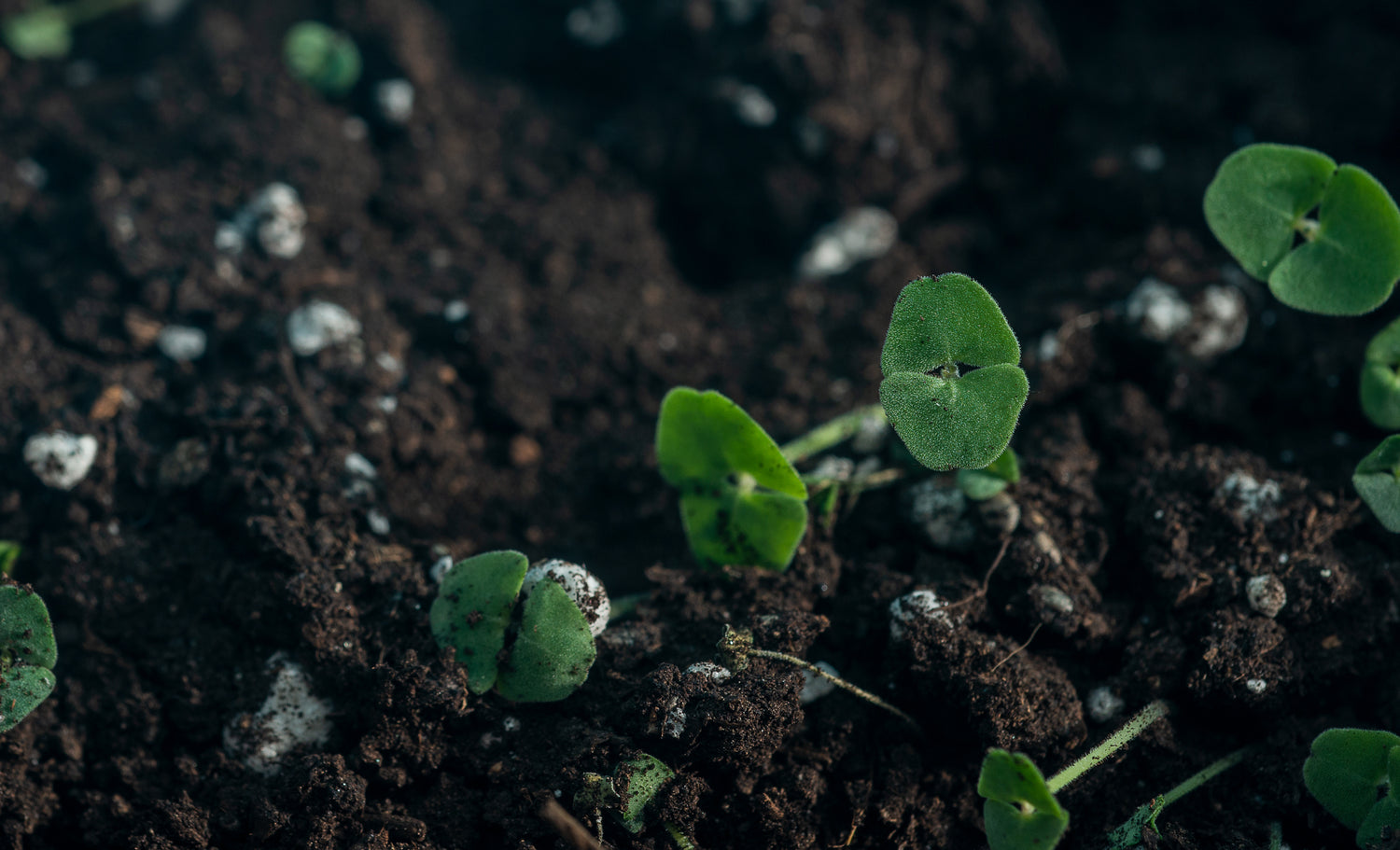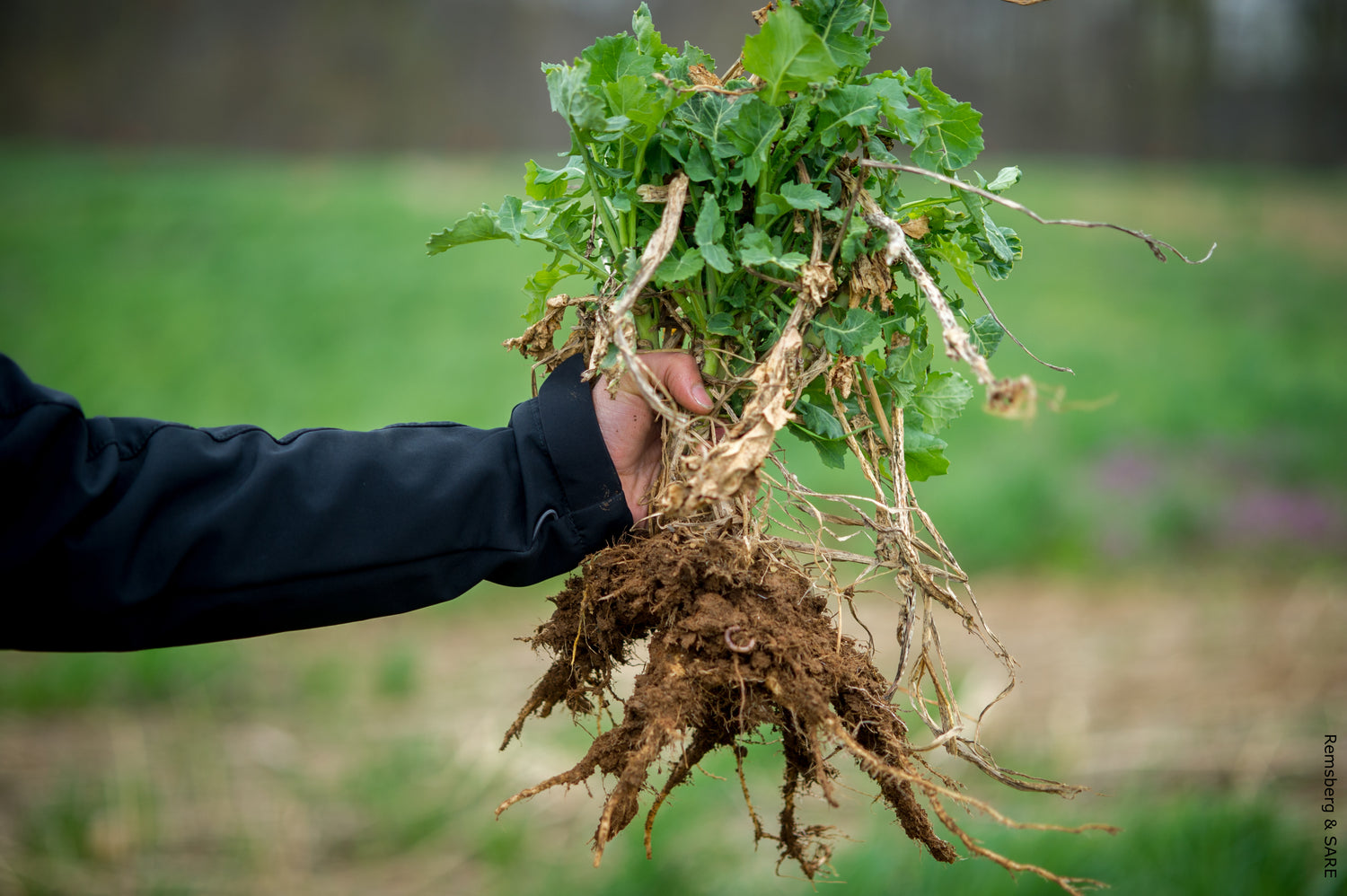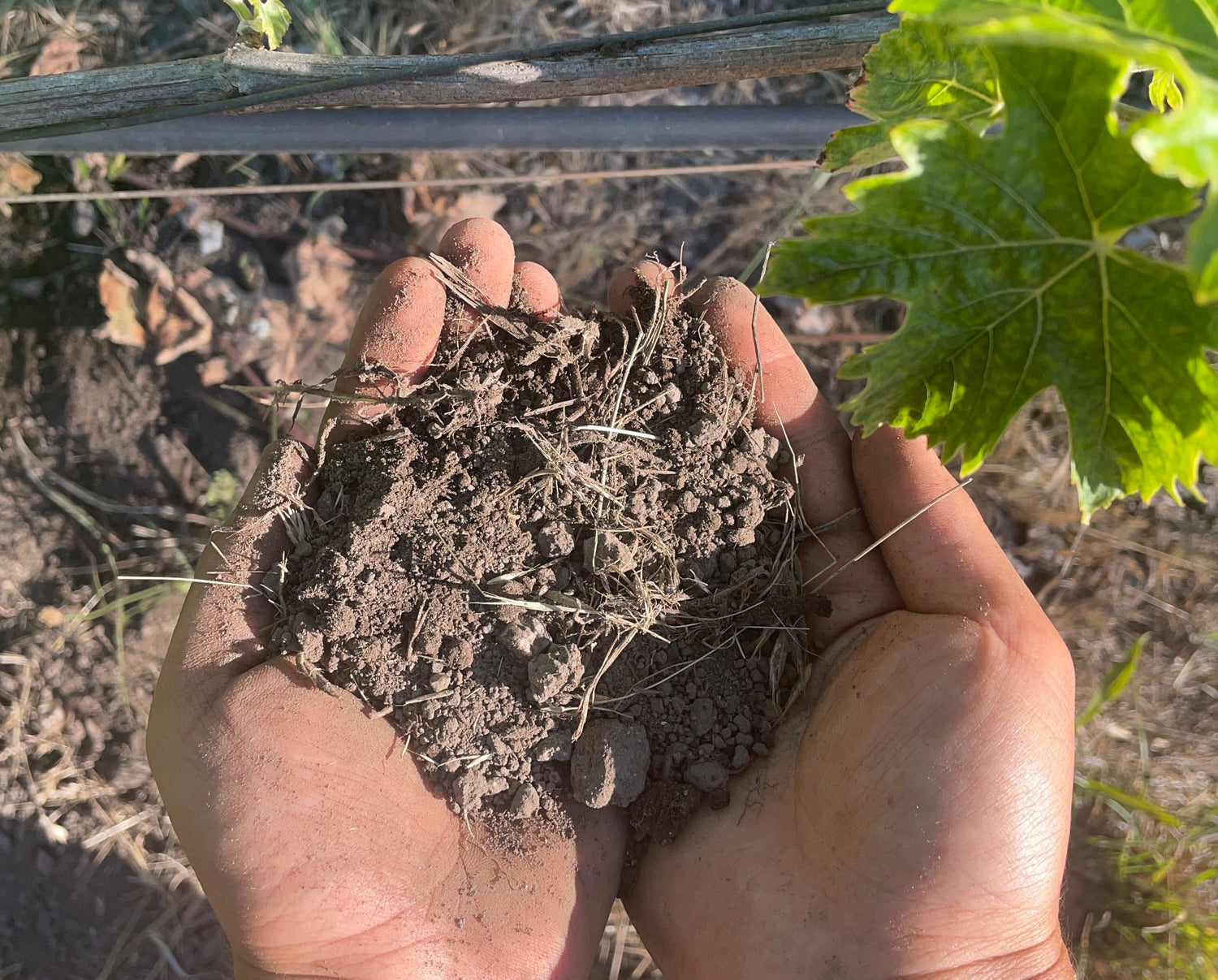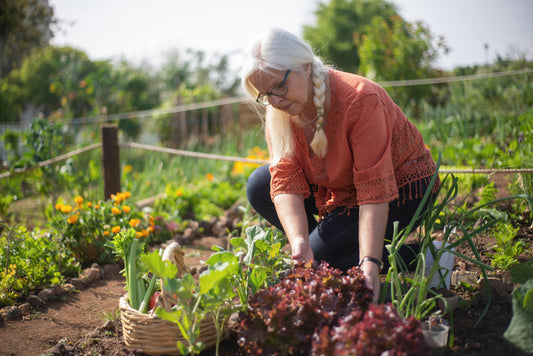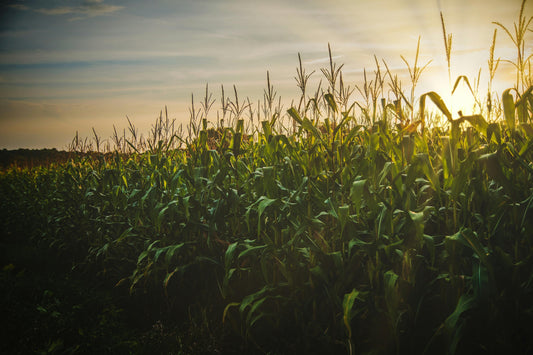Reno's high desert location in Nevada's Great Basin creates unique soil conditions shaped by arid climate, volcanic activity, and ancient lake deposits. Understanding these diverse soil types is essential for successful gardening, agriculture, and land management in the "Biggest Little City in the World."
Reno's soils include five major types: Aridisols dominating desert areas, Alfisols in foothills, fertile Mollisols in river valleys, young Entisols on volcanic terrain, and clay-rich Vertisols in floodplains, each requiring specific management strategies for optimal plant growth in the high desert environment.
Reno Soil Types: Complete Guide to Great Basin Desert Soil Management
Understanding Reno's Geological Foundation
Reno sits within the Great Basin, a unique geological region characterized by internal drainage systems and distinctive soil formation processes. The area's soils developed from diverse parent materials including volcanic ash from ancient eruptions, alluvial deposits from mountain watersheds, and sedimentary rocks from prehistoric lake beds.
According to the USDA Natural Resources Conservation Service soil survey data, Nevada contains representatives of all 12 major soil orders, with the Reno area showcasing several of these due to its varied topography, elevation changes from 4,400 to over 10,000 feet, and complex geological history spanning millions of years.
Climate Influence on Soil Development
Reno's semi-arid climate profoundly influences soil characteristics and management requirements. With average annual precipitation of only 7-9 inches, the region experiences limited soil leaching, which restricts organic matter accumulation and creates distinctive soil profile development patterns.
The University of Nevada Cooperative Extension research shows that extreme temperature variations between seasons and between day and night contribute to significant physical weathering processes, while the arid conditions concentrate salts and carbonates in soil profiles, creating unique management challenges and opportunities.
Major Soil Orders in Reno
Reno's soil diversity reflects the complex interplay of climate, geology, and time. Each soil type presents distinct characteristics, management requirements, and agricultural or landscaping potential.
Aridisols: Dominant Desert Soils
Aridisols represent the most extensive soil order throughout the Reno area, covering vast desert plains, alluvial fans, and bajadas. These soils formed under consistently arid conditions with minimal leaching and typically contain diagnostic calcic or gypsic horizons where carbonates and gypsum accumulate.
Research from the Soil Science Society of America indicates that Aridisols generally contain less than 1% organic matter and exhibit alkaline pH levels ranging from 7.5 to 8.5, with some areas reaching pH 9.0 or higher due to carbonate accumulation.
Key Aridisol characteristics and management strategies:
- Sandy to sandy-loam textures providing rapid drainage but low water retention
- Low water-holding capacity requiring frequent, efficient irrigation applications
- Carbonate accumulation layers (caliche) that may restrict root penetration and drainage
- Limited natural fertility necessitating targeted soil amendments and fertilization
- Excellent drainage making them ideal for xeriscaping and drought-tolerant landscapes
- Low organic matter requiring regular compost additions for improved soil structure
Recommended plants for Aridisols: Native vegetation thrives without supplemental irrigation, including big sagebrush, fourwing saltbush, Indian ricegrass, and desert needlegrass. For managed landscapes, drought-tolerant perennials like penstemon, desert marigold, brittlebush, and Russian sage perform exceptionally well with minimal water inputs.
Alfisols: Moderately Fertile Foothill Soils
Alfisols occur primarily in Reno's foothill areas and represent some of the region's more agriculturally productive soils. These soils typically feature clay accumulation in the subsoil creating an argillic horizon, along with moderate base saturation that supports better plant nutrition than Aridisols.
According to the UC Davis California Soil Resource Lab, Alfisols in Nevada often develop on stable landforms with adequate time for distinct horizon differentiation, typically containing 2-4% organic matter in surface horizons and supporting more diverse plant communities.
Alfisol management strategies:
- Regular organic matter supplementation through compost additions to maintain soil structure
- Monitoring for clay layer compaction that can restrict water infiltration and root growth
- Implementing winter cover crops to protect soil and add organic matter during cooler months
- Applying organic mulch to conserve soil moisture and moderate temperature extremes
- Suitable for small-scale agriculture and intensive horticulture with adequate irrigation
- pH management may be needed as these soils can become alkaline over time
Plant recommendations for Alfisols: These soils support a wider range of cultivated plants including stone fruit trees with irrigation, cool-season vegetables like lettuce and broccoli, warm-season crops including tomatoes and peppers, and ornamental shrubs such as lavender, rosemary, and native currants.
Mollisols: Rich Valley Soils
Mollisols, characterized by thick, dark surface horizons rich in organic matter, occur in Reno's river valleys, meadow areas, and locations with higher moisture availability. These soils developed under grassland vegetation and represent the area's most fertile and agriculturally valuable soils.
The NRCS Soil Health Division identifies Mollisols as having the highest agricultural potential in semi-arid regions when adequate water is available, typically containing 3-6% organic matter and exhibiting excellent soil structure and nutrient cycling capacity.
Mollisol characteristics and applications:
- Deep, dark surface layer (mollic epipedon) rich in organic matter and nutrients
- High base saturation providing excellent natural fertility and pH buffering
- Superior soil structure promoting good water infiltration and root penetration
- Requires supplemental irrigation for most crop production in Reno's arid climate
- Outstanding potential for pasture, hay production, and diverse agricultural crops
- Natural water-holding capacity significantly higher than other local soil types
Agricultural applications: Mollisols excel for alfalfa production, small grains like barley and wheat, irrigated pastures supporting livestock, and diverse vegetable production. Home gardeners can successfully grow virtually any crop with appropriate water management and seasonal planning.
Entisols: Young Volcanic Soils
Entisols represent recently formed soils with minimal profile development, commonly found on Reno's volcanic landscapes, recent alluvial deposits, and areas subject to ongoing erosion or deposition. These soils lack distinct horizons due to young age, continuous disturbance, or resistant parent materials.
Research documented in USGS Professional Papers shows extensive Entisol formation on volcanic surfaces throughout the Great Basin, where recent volcanic activity and ongoing weathering processes create dynamic soil environments with highly variable properties.
Entisol management considerations:
- Highly variable properties depending on parent material composition and age
- Often rocky, gravelly, or sandy with limited soil depth and development
- Prone to erosion without adequate vegetation cover due to minimal soil structure
- May require significant amendments including organic matter and nutrients for cultivation
- Best suited for native plant communities adapted to harsh, variable conditions
- Drainage can range from excessive to poor depending on parent material texture
Recommended approach: Focus on native plant establishment, erosion control through ground cover, and gradual soil improvement through organic matter additions rather than intensive cultivation attempts.
Vertisols: Expansive Clay Soils
Vertisols occur in limited areas around Reno, typically in closed basins, ancient lake beds, and seasonal floodplains. These soils contain high percentages of swelling clays that dramatically shrink and swell with moisture changes, creating distinctive management challenges.
According to NRCS educational materials, Vertisols present unique challenges for both agricultural use and construction projects due to their dynamic shrink-swell behavior, which can cause significant structural problems and limit plant establishment success.
Vertisol characteristics and management challenges:
- High clay content typically exceeding 30%, often reaching 50% or more
- Pronounced shrink-swell properties causing dramatic volume changes with moisture
- Formation of deep, wide cracks during dry periods that can extend several feet deep
- Significant challenges for foundations, roads, and other infrastructure
- Limited suitability for most agricultural crops due to physical constraints
- Extremely sticky when wet and rock-hard when dry, limiting management timing
Soil Testing and Analysis in Reno
Comprehensive soil testing provides the foundation for successful gardening, farming, and land management in Reno's challenging high desert environment. Understanding your specific soil conditions guides appropriate plant selection, amendment applications, and irrigation strategies.
The University of Nevada Cooperative Extension strongly recommends professional soil testing before establishing gardens, agricultural operations, or major landscaping projects, as Reno's diverse soil conditions can vary dramatically even within small areas.
Essential Testing Parameters for Reno Soils
Critical soil tests for Reno conditions include soil pH (acidity/alkalinity), electrical conductivity to measure salinity levels, organic matter percentage, available nitrogen, phosphorus, and potassium, plus essential micronutrients including iron, zinc, and manganese. In areas with industrial history, mining activities, or near transportation corridors, testing for heavy metals including lead, cadmium, and arsenic may be necessary for safety.
Professional Testing Resources
- University of Nevada Cooperative Extension: Offers comprehensive soil testing services with interpretation specifically for Nevada conditions
- Nevada Department of Agriculture: Provides agricultural soil testing programs and certification for commercial operations
- Certified private laboratories: Commercial soil testing services offering rapid turnaround and specialized analysis
- Home testing kits: Available at local garden centers for basic pH, nutrients, and salinity screening
Testing Frequency and Timing
Test established gardens and landscapes every 2-3 years to monitor changes and guide ongoing management. Test new areas before planting, and retest after major amendments or management changes. Spring testing provides the most actionable results for growing season planning.
Water Management Strategies for Reno Soils
Water scarcity and efficient irrigation represent fundamental challenges for successful soil and plant management throughout the Reno area. The region's annual precipitation of 7-9 inches falls far short of most plants' water needs, making irrigation design and management critical for landscape success.
The Truckee Meadows Water Authority emphasizes water conservation through appropriate plant selection, efficient irrigation technology, and soil management practices that maximize water retention and minimize waste.
Irrigation Strategies by Soil Type
Different soil types require distinctly different irrigation approaches for optimal efficiency. Sandy Aridisols need frequent, light applications to prevent water from draining below the root zone, while clay-rich Vertisols benefit from less frequent but deeper watering cycles that allow gradual infiltration without runoff.
Drip irrigation systems provide the most efficient water delivery for most Reno soil types, offering precise control, minimal evaporation, and targeted root zone watering. Micro-spray systems work well for larger areas with uniform soil conditions.
Soil Moisture Conservation Techniques
Mulching serves multiple critical functions in Reno's arid environment, including moisture conservation, soil temperature moderation, weed suppression, and erosion control. Organic mulches like wood chips and bark gradually improve soil structure as they decompose, while inorganic mulches such as gravel or stone work exceptionally well for xeriscaping applications and permanent installations.
Proper mulching can reduce irrigation needs by 25-40% while protecting soil from temperature extremes and wind erosion. Apply 2-4 inches of organic mulch, keeping it away from plant stems to prevent pest and disease problems.
Plant Selection for Reno's Soil Types
Successful gardening and landscaping in Reno requires carefully matching plant selections to specific soil types, water availability, and environmental conditions. Understanding natural plant communities provides valuable guidance for sustainable landscape design.
Native Plant Communities and Adaptations
Understanding Reno's natural plant communities helps guide appropriate species selection for sustainable landscapes. Sagebrush steppe communities dominate Aridisol areas and provide models for drought-tolerant landscaping, while riparian areas with Mollisol soils support different species assemblages adapted to higher moisture availability.
The Nevada Native Plant Society provides extensive resources for selecting appropriate Great Basin native plants that require minimal irrigation once established and provide critical habitat for local wildlife including birds, beneficial insects, and native pollinators.
Adapted Non-Native Plants for Reno Conditions
Certain non-native plants perform exceptionally well in Reno's soils with appropriate management. Mediterranean climate plants often adapt successfully to similar water and soil conditions, though they typically require supplemental irrigation during establishment and may need protection from extreme winter temperatures.
Successful adapted plants include lavender, rosemary, oregano, and other Mediterranean herbs that thrive in alkaline, well-drained soils with minimal water once established.
Sustainable Soil Management Practices
Long-term soil health and productivity in Reno's semi-arid environment requires sustainable management practices that build soil organic matter, prevent erosion, and maintain soil biological activity despite challenging climatic conditions.
Building Organic Matter in Arid Soils
Increasing organic matter in arid soils presents unique challenges but offers tremendous benefits including improved water retention, enhanced nutrient availability, better soil structure, and increased biological activity. Regular compost applications, strategic cover crop use where practical, and minimizing unnecessary soil disturbance help maintain and gradually increase organic matter levels.
The SARE Building Soils program provides research-based principles for organic matter management in arid and semi-arid regions, emphasizing gradual improvement through consistent practices rather than dramatic short-term changes.
Erosion Prevention and Control
Both wind and water erosion pose constant threats to Reno's soils, particularly during spring months with high winds and intense but infrequent precipitation events. Maintaining vegetation cover year-round, establishing appropriate windbreaks, and implementing conservation tillage practices help protect valuable soil resources.
On sloping terrain, terracing, contour management, and strategic plant placement can dramatically reduce erosion while creating more favorable growing conditions for desired plants.
Urban Soil Management and Rehabilitation
Urban development throughout Reno has significantly altered soil properties, creating unique challenges for urban gardening, landscaping, and green infrastructure projects. Compaction from construction equipment, contamination from various sources, and altered drainage patterns require specialized management approaches.
Common Urban Soil Problems and Solutions
Urban soil rehabilitation often involves addressing compaction through mechanical decompaction or deep organic matter incorporation, removing or isolating contaminated materials, and gradually improving soil biology through appropriate plant selection and organic amendments.
Raised beds and container gardening provide excellent alternatives for severely degraded urban soils, allowing precise control over soil quality while avoiding contamination or compaction issues. These approaches also offer better drainage control and easier maintenance access.
Green Infrastructure Considerations
Urban soils play critical roles in green infrastructure systems including stormwater management, urban heat island mitigation, and air quality improvement. Proper soil management enhances these benefits while supporting attractive, functional urban landscapes.
Local Resources and Professional Support
Reno area gardeners, farmers, and land managers can access soil amendments, testing supplies, professional advice, and educational resources through various established local organizations and businesses.
- University of Nevada Cooperative Extension: Provides research-based educational programs, soil testing services, and expert consultation specifically adapted to Nevada conditions
- Nevada Native Plant Society: Offers expertise in native plant selection, habitat restoration, and sustainable landscaping practices
- Local garden centers and nurseries: Supply soil amendments, native plants, irrigation supplies, and practical gardening advice
- Soil testing laboratories: Provide comprehensive analysis and interpretation services for agricultural and residential applications
Climate Adaptation and Future Considerations
Climate change projections for the Great Basin region suggest continued warming and potentially increased precipitation variability, making adaptive soil management practices increasingly important for long-term success in Reno's high desert environment.
Building soil resilience through organic matter management, diverse plant communities, and water-efficient practices helps ensure continued productivity and environmental function under changing conditions. Emphasis on native plant communities and sustainable water management becomes increasingly critical as water resources face growing pressure.
Conclusion
Reno's diverse soil types reflect the complex geology and challenging climate of Nevada's Great Basin region. Success in gardening, farming, and land management requires understanding each soil type's unique characteristics, limitations, and management requirements.
By carefully matching plants to appropriate soil conditions, implementing water-efficient irrigation practices, and building long-term soil health through sustainable management approaches, Reno residents can create productive and environmentally responsible landscapes. Whether working with challenging Aridisols or fertile Mollisols, proper soil stewardship ensures continued success while conserving precious water resources and supporting the unique ecology of the high desert environment.
The key to success lies in working with natural soil conditions rather than against them, selecting appropriate plants and management practices that complement each soil type's inherent characteristics while gradually improving soil health through consistent, sustainable practices.
Sources
- USDA Natural Resources Conservation Service. Web Soil Survey and Published Soil Surveys. https://www.nrcs.usda.gov/resources/data-and-reports/soil-survey
- University of Nevada Cooperative Extension. Agriculture and Natural Resources Programs. https://www.unce.unr.edu/programs-and-services/agriculture-and-natural-resources
- Soil Science Society of America. Soil Basics and Classification. https://www.soils.org/about-soils/basics
- UC Davis California Soil Resource Lab. SoilWeb Application and Resources. https://casoilresource.lawr.ucdavis.edu/
- USDA NRCS. Soil Health and Conservation Resources. https://www.nrcs.usda.gov/conservation-basics/natural-resource-concerns/soils
- U.S. Geological Survey. Professional Paper 1692: Volcanic Processes of the Great Basin. https://pubs.usgs.gov/pp/1692/
- USDA NRCS. Educational Resources for Soil Science. https://www.nrcs.usda.gov/education/resources/k-12
- Truckee Meadows Water Authority. Water Conservation Programs. https://www.tmwa.com/conservation
- SARE - Sustainable Agriculture Research and Education. Building Soils for Better Crops. https://www.sare.org/resources/building-soils-for-better-crops/







